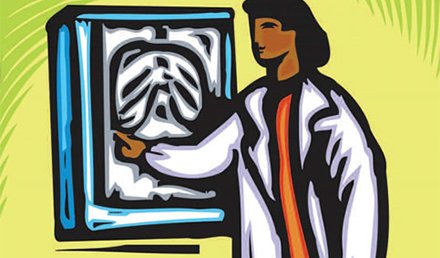Urgent message: Telemedicine—or “at-home” medicine—affords unique business opportunities to urgent care providers who can overcome barriers to adoption such as reimbursement. Introduction Telemedicine is a topic that frequently comes up among UCA’s membership as an area of interest. Some urgent care providers view telemedicine, or “at-home” medicine, as an opportunity; others see a threat. A lot of questions exist about telemedicine and with this roundtable, we’ve pulled together the unique experience of individuals who are …
Read More


